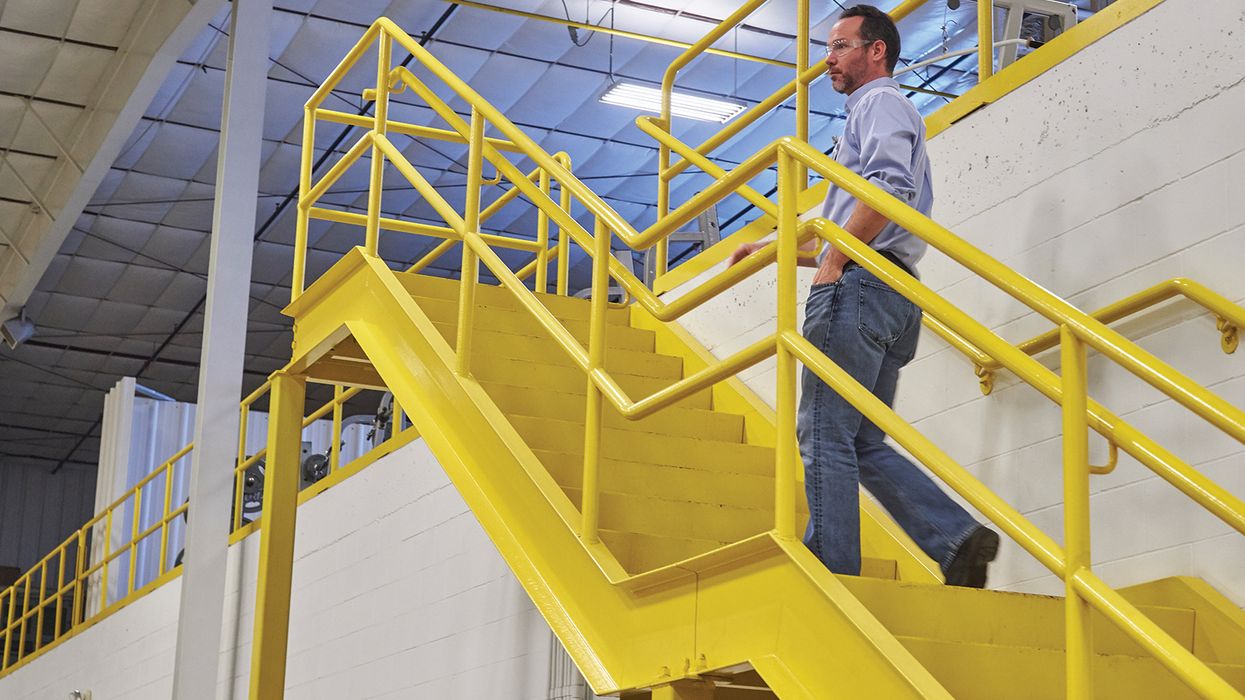Unlocking the PPE puzzle: Study exposes employers' toughest battle
In August 2023, the J.J. Keller Center for Market Insights completed its second annual iteration of the personal protective equipment (PPE) pain points survey. This research aimed to learn more about the challenges experienced by safety professionals when it comes to keeping people safe and meeting OSHA requirements. The results were, or perhaps weren’t, surprising.
Survey participants confirmed their involvement in the PPE management process. Their responses revolved around four aspects of PPE management:
- Program development,
- Purchasing,
- Training, and
- Compliance.
Our research uncovered that the majority of companies surveyed have strong PPE program development processes in place. While most employers are not struggling to find PPE in the sizes they need, some continue to struggle. Overall, training is proving more challenging compared to the previous survey. Compliance also continues to be an issue.
Developing a PPE program
Comparing 2022 to 2023, slightly more survey participants strongly agree that their company gives them the time and resources they need to conduct thorough hazard assessments. This includes assessing the need for PPE. However, slightly fewer companies regularly talk with their employees about PPE requirements, policies, and the importance of PPE for staying safe.
While not required for general industry or construction, writing an effective “overall” PPE Program to document your PPE use makes it easier to:
- Ensure proper use of PPE in the workplace, and
- Document your PPE efforts should OSHA inspect your establishment.
The basic element of any PPE Program should be an in-depth evaluation of the equipment needed to protect against the hazards at the workplace. This is the initial hazard assessment for which written documentation is required.
Two primary objectives of any PPE Program should be to protect the wearer from safety and health hazards as well as to prevent injury and illness to the wearer from incorrect use and/or malfunction of the PPE.
Purchasing PPE
On a positive note, fewer participants reported having trouble buying PPE in the sizes they need compared to 2022. However, difficulties still exist with buying PPE to fit female employees, not showing much change year after year. On a similar note, participants also indicated they had issues finding smaller PPE. This leads one to believe that more work must be done to fit a particular demographic or body size properly.
With few exceptions, employers are required to pay for PPE used to comply with OSHA standards. Employers cannot require workers to provide their own PPE, and the worker’s use of PPE they already own must be completely voluntary. Even when a worker provides their own PPE, the employer must ensure that the equipment is adequate to protect the worker from hazards at the workplace.
Training on PPE
Participants were asked how challenging they find it to train employees on certain topics of proper PPE, including:
- Knowing when PPE is necessary,
- Knowing what PPE is necessary,
- How to properly put on, take off, adjust, and wear PPE,
- Limitations of PPE, and
- Proper care, maintenance, and disposal of PPE.
Besides knowing when PPE is necessary, safety professionals feel that training employees on most of these topics is increasingly challenging.
According to 1910.132(f), employers are required to provide training on the topics listed above to each employee required to use PPE. Each employee must demonstrate an understanding of the training and the ability to use the PPE properly. This training must occur initially, and retraining should take place as necessary.
Compliance with the standard
Similar to what we heard from the 2022 research, getting employees to wear PPE continues to be a challenge. Reasons rooted in individual preference for not wearing PPE declined from 2022 to 2023. In contrast, reasons more related to company policies or procedures increased.
For PPE to be effective, employers must:
- Assess the workplace to determine what hazards are present that require PPE,
- Document and certify the PPE assessment,
- Provide appropriate and approved PPE based on the workplace hazards,
- Instruct employees on proper PPE usage,
- Ensure employees wear proper PPE, and
- Establish inspection and maintenance procedures for PPE.
Key to remember
An effective PPE program is multi-faceted. While some employers are showing positive improvement in overall PPE processes, others continue to struggle.































































